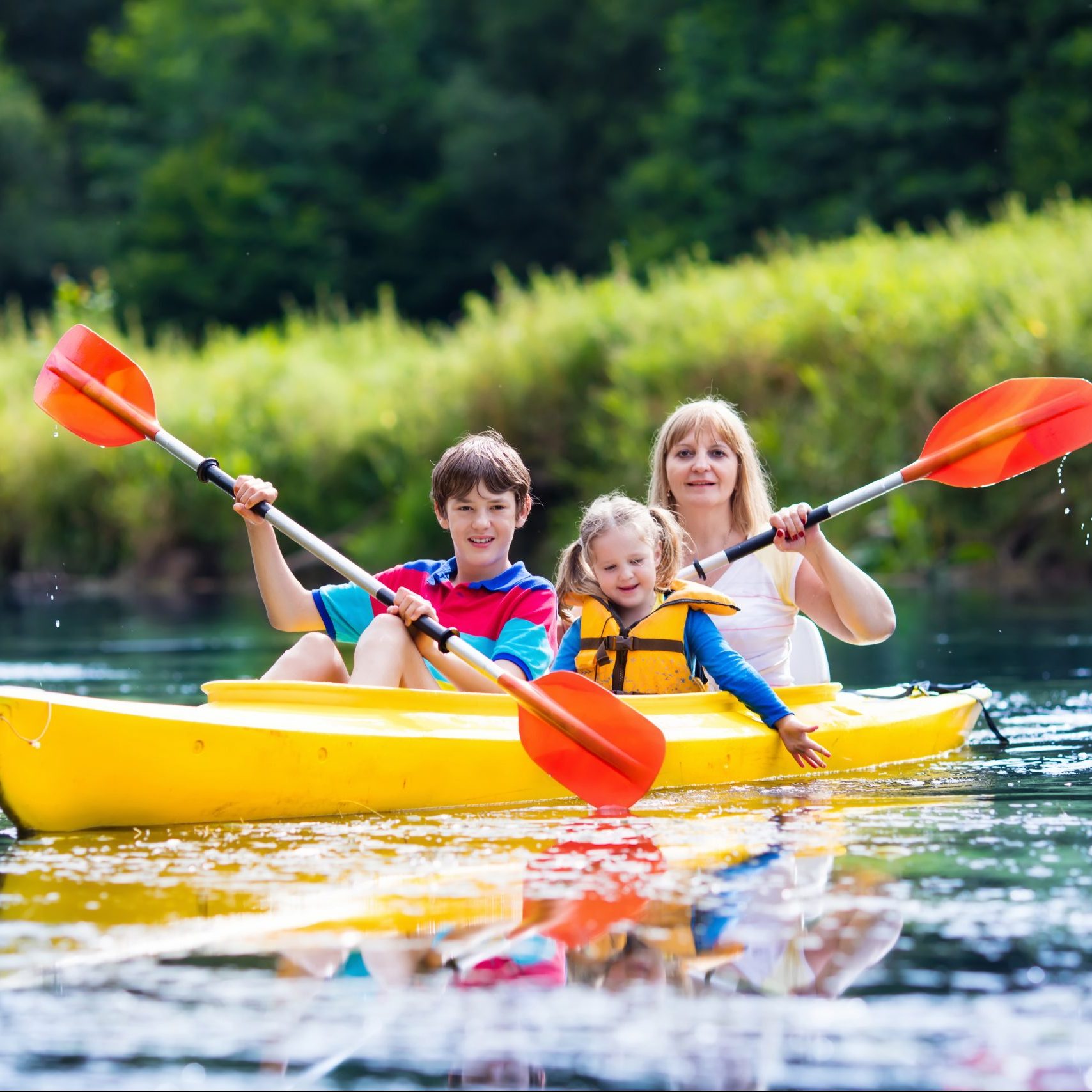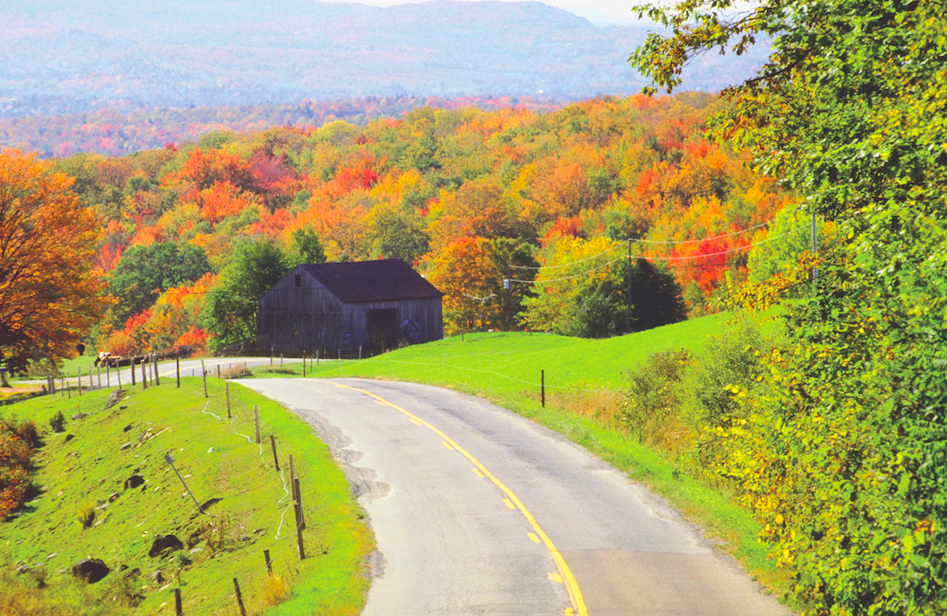Spending time with loved ones increases the chances for fun days and nights. That is why nights out with friends are so popular. Such nights give people opportunities to reconnect and potentially expose them to new and entertaining experiences. Sarah F. O’Brien, LCSW, LCSW-C, CCATP, CTMH, says it’s healthy to get together with friends, as pursuing activities and participating in things together can build closeness and safety in relationships.
Friends can hit the town without a firm plan in place, but doing a little legwork before going out can help make experiences even more special and successful. The following are some tips to keep in mind when planning gatherings with friends.
Create A Group Calendar
Identify a way to stay connected with the group before you get down to the nitty gritty of figuring out fun activities. Thanks to digital tools, it’s now easier than ever for a group of people to stay connected and apprised of scheduling. Use a calendar app that enables you to invite others to see and share appointments. This can make it easier for everyone to get on the same page for nights out.
Volunteer Together
What better way to socialize and have fun than engaging in an activity that also benefits a particular cause? There are so many different charities or philanthropic activities to try.
Try A New Activity
Whether it’s axe throwing, rock wall climbing or an escape room, plan an activity that everyone can get behind. A new and novel experience can make for an even more enjoyable night. There’s bound to be a few who are reluctant, but reassure those individuals that there’s no judgement and it’s all about fun.
Take A Class
Group activities like yoga, cooking and fitness classes can be engaging and even more fun when friends are involved. If there’s a class you’re taking that you love, share it with the group and recruit new fans.
Keep It Simple
Getting together doesn’t have to be complicated. Pick activities that will not be especially expensive or require a lot of planning. What about serving as novice restaurant reviewers? Each month pick a new restaurant nearby and make a reservation to test out the fare and the ambiance.
Try A Local Winery or Craft Brewer
Move over Napa Valley. Now people can tour vineyards and grab a glass of a favorite vintage closer to home. Stop in for a tasting with friends. If beer or spirits are more your thing, craft brewers and specialized distilleries also have cropped up in record numbers.
Spending time with friends is an important component of a healthy lifestyle. There are many entertaining options to choose from when planning a night out.










 · Begin with a fresh pumpkin. Look for a pumpkin with a green stem. If the pumpkin has been sitting around for too long or has been handled too much, the stem can get brittle and/or fall off. A thick, fresh pumpkin is best for carving.
· Begin with a fresh pumpkin. Look for a pumpkin with a green stem. If the pumpkin has been sitting around for too long or has been handled too much, the stem can get brittle and/or fall off. A thick, fresh pumpkin is best for carving.



 · Get off the highway. To see great fall vistas, take a detour from major thoroughfares and visit small towns and mountain passes. Invest in some maps, as cellular networks may be inaccessible in remote locales.
· Get off the highway. To see great fall vistas, take a detour from major thoroughfares and visit small towns and mountain passes. Invest in some maps, as cellular networks may be inaccessible in remote locales.



